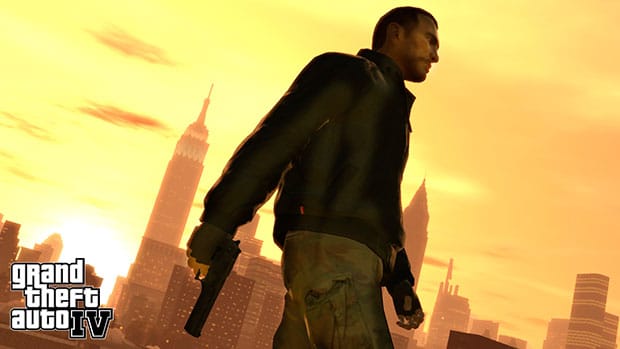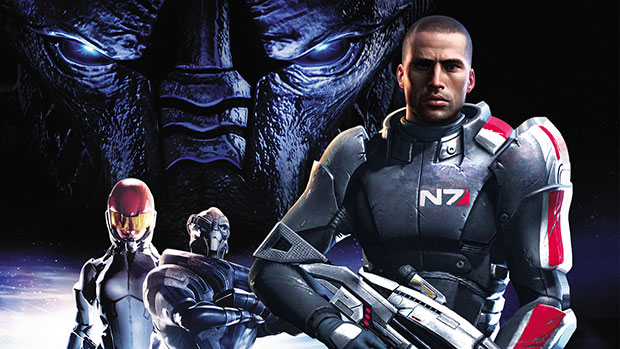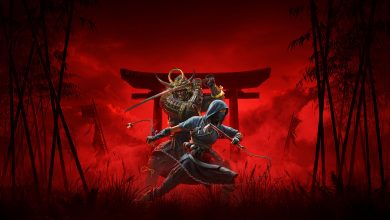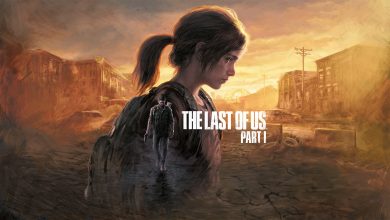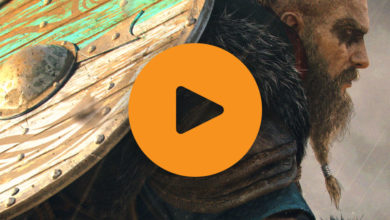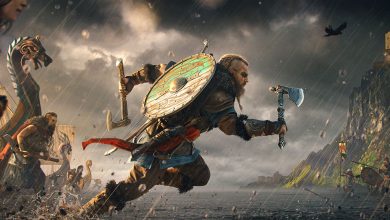This is Part 4 of IVG’s five-part Games of the Generation feature. Also check out Part 1, Part 2, and Part 3.
I’d like to start with a caveat – as with most lists, you really can’t cover everything you’d like to. As such, you may notice a lot of seminal games from this generation missing from my selection, but such is the nature of the beast. Rather, I’d like to use this list to reminisce, and to hopefully serve as a guide to anyone buying into the PS3 or the Xbox 360 now. It’s never too late. And with a back catalogue of this size and quality, there’s no reason for the generation to ‘end’. I know I’ll be treasuring my library for the significant future; until time has its way.
These past seven years have not just been about great games, though – they’ve been about community. Exploring every new title, and experience contained within, with the good folks at IVG has been a particular highlight. Together, we’ve witnessed good games and even better developers come and go, and watched the Indian gaming community grow to what it is today – a viable enough market for console manufacturers and publishers to take notice. We’ve come a long way. Here’s to the future.
5. Braid
Jonathan Blow’s powerful ode to broken hearts and split atoms showed the industry that digital distribution could open a whole new world of opportunities.
While there were a handful of XBLA/PSN releases before it finally saw the light of day, it was Braid that unequivocally kickstarted (see what I did there?) the indie revolution. Jonathan Blow’s powerful ode to broken hearts and split atoms has the art, score and gameplay chops to find its way onto any best-of list but, more importantly, it also showed the industry that digital distribution could open a whole new world of opportunities. Developers no longer needed to take the traditional publishing route and the risk-free publisher-imposed limitations that came with it. We’ve had hundreds of indie games since then, on consoles and on PC, but Braid deserves its place in gaming history for opening our eyes to the possibilities.
4. Grand Theft Auto 4
Driving Roman’s beat up, physics-heavy junker through a fully realised Liberty City was when the next-gen really arrived for some of us.
Rockstar’s juggernaut franchise just keeps on giving. This generation saw the scale, detail and density of the game world reach positively ridiculous levels, with 2013’s Grand Theft Auto 5 almost snickering at the quality of the competition. That said, its release didn’t generate anywhere near the kind of awe as when GTA 4 hit shelves in 2008. Driving Roman’s beat up, physics-heavy junker through a fully realised Liberty City was when the next-gen really arrived for some of us. It wouldn’t surprise me if that first mission had the longest mission-completion time in the game. There was no going back.
3. Mass Effect
Mass Effect and its sequels let us live life king-size.
Bioware’s space opus came out of nowhere, and while titles such as Braid let gamers experience smaller games, Mass Effect and its sequels let us live life king-size. By the time the trilogy concluded, gamers had explored vast star systems, interacted with (and probably romanced) absurdly detailed alien races, engaged in class-based third-person combat, and made enough story altering decisions to put those choose-your-adventure books to shame. The first game was also more deliberately paced, without the fate of the universe hanging over your neck. That pace, combined with muted graphical filters and a retro-synth soundtrack gave us what was – and still probably is – a game for the ages. Here’s hoping the prequels do the original trilogy justice.
2. Assassin’s Creed
The power of the new hardware let Ubisoft create a massive world that was almost as much educational as it was a game.
The first game in the Assassin’s Creed series may not be the best (that would be the second, by the way), but what it did give gamers was a feeling of being in that time and place; something videogames had struggled with in the previous generation. The power of the new hardware and the resolutions it could crank out let Ubisoft create a massive world that was almost as much educational as it was a game. Assassin’s Creed let you parkour through the Holy Land, complete with accurately recreated monuments housing faithfully recreated historical figures, all while partaking in a story spanning the millennia. Let’s hope the next-gen consoles inspire developers to create something close to this gem.
1. The Last of Us
It was the perfect coda to arguably the best console generation ever.
What a way to go. The Last of Us brought together everything that was good about Naughty Dog – classic storytelling, outstanding production values, and sublime gameplay. And by doing so, it was also the perfect coda to arguably the best console generation ever. A generation where we’ve seen the quality of not just gameplay, but once afterthoughts such as scale, design, scripting and art stand tall alongside the simple visceral thrill of pushing buttons on a controller. You felt true emotion more than ever before. Gaming was past its awkward teens and had finally come of age.
Check back on Friday, when Amit Goyal will present the concluding part of this feature.

